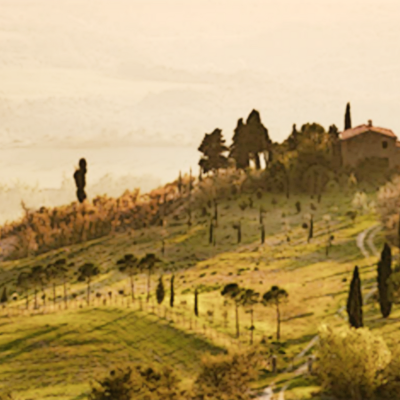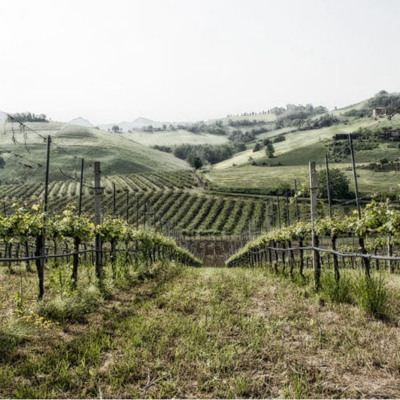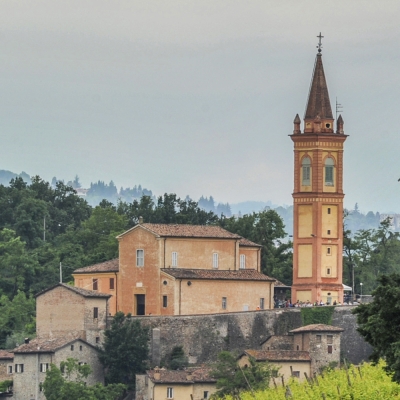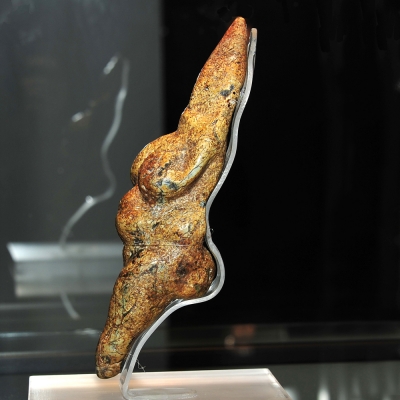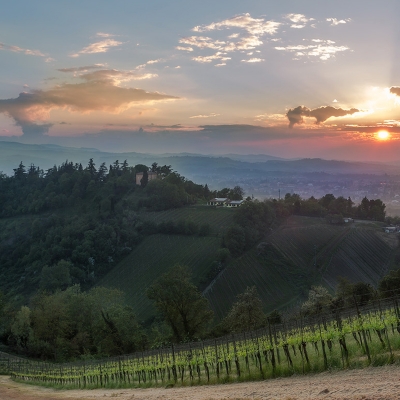Birthplace of Giuseppe Graziosi
Il Graziosi artista e il Mosaico Riscoperto
The house where Giuseppe Graziosi was born is situated a few kilometres from the centre of Savignano, near the site of the mill, in the hilly area close to the Panaro river. It is an interesting example of a tower house dating from the 16-1700s and consists of a central building and two lateral wings.
The oldest parts, namely the tower and the east wing, consist of brick walls with pebble. The west wing is of more recent construction and consists of regular lines of brick. To the rear, there is a recent awning construction used to store equipment and tools.
A white marble plaque, attached to the facade of the house 2nd July 1943 by the Reale Accademia fiorentina delle Arti del Disegno, tells us that this was the birthplace of Giuseppe Graziosi, born here in 1879. Florence, where the artist lived from 1898, was the city of his adult years where important contacts and opportunities played an important role in the development of his figurative language and career. For this reason, the artist’s real home is considered to be the one in Florence on Via Fratelli Ruffini, where he lived and worked during his adult years. There is a close connection with Savignano, not only because it was his birthplace and where he formed his early memories, impressions, ideas and made his first encounters but also because for Graziosi, the Modenese countryside was of special importance. Between the end of the 1800s and the start of the 1900s, the countryside was a significant source of inspiration for artists in general and for Graziosi in particular (social themes, the relationship with nature, the landscape and the light associated with it).
Graziosi’s birthplace now houses “Il Mosaico Riscoperto”. Discovered in 1897 by the academic, Arsenio Crespellani of Savignano along the ancient Via Claudia in the vicinity of the town. The polychrome mosaic decorated the interior of a rich country dwelling at the start of the 5th Century A.D. Savignano sul Panaro boasts ancient origins. The relics found in the settlements and necropolises are testimony of an Etruscan presence in this region.





